Finding viable alternatives to traditional petroleum-based plastics and microplastics has never been more important. New research from scientists at UC San Diego and Algenesis shows that their plant-based polymers biodegrade — even at the microplastic level — in under seven months.
Tag: microplastics
Experts Available to Discuss Implications of Study Showing Microplastics in Carotid Artery Contributing to Stroke and Heart Attack Risk
Hackensack Meridian Health experts can address concerns of recent study that found some patients with carotid stenosis have evidence of micoscopic particles from environmental plastics in their atherosclerotic plaque.
Want fewer microplastics in your tap water? Try boiling it first
Want to remove microplastics from water? Try brewing it for a cup of tea or coffee! Research reported in Environmental Science & Technology Letters shows that by boiling then filtering tap water, up to 90% of the nano- and microplastics present could be removed.
Some Plastic Straws Degrade Quicker Than Others, New Study Shows
In a new paper published in ACS Sustainable Chemistry & Engineering, WHOI scientists Collin Ward, Bryan James, Chris Reddy, and Yanchen Sun put different types of plastics and paper drinking straws head-to-head to see which degrade the fastest in the coastal ocean.
The influence of media narratives on microplastics risk perception revealed
Media narratives play a critical role in shaping public awareness and risk perception of microplastics.
Safely removing nanoplastics from water using ‘Prussian blue’, a pigment used to dye jeans
Dr. Jae-Woo Choi of the Center for Water Cycle Research at the Korea Institute of Science and Technology (KIST) has developed an eco-friendly metal-organic skeleton-based solid flocculant that can effectively aggregate nanoplastics under visible light irradiation.
Detecting microplastics(MPs) with light!!
A research team led by Dr. Ho Sang Jung of the Department of Nano-Bio Convergence at the Korea Institute of Materials Science (KIMS), in collaboration with the KOTITI Testing & Research Institute, has developed the world’s first technology to rapidly and highly sensitively detect microplastics(MPs) in the field, which are well known to cause human and genetic toxicity through environmental pollution and the food chain.
Microplastics Are Found in Cave Water and Sediment, Says SLU Research
In two recent papers, Saint Louis University researchers report finding high concentrations of microplastics present in a Missouri cave system that had been closed to human visitors for 30 years.
Bit by bit, microplastics from tyres are polluting our waterways
Urban stormwater particles from tyre wear were the most prevalent microplastic a new Griffith-led study has found.
Could microplastics in soil introduce drug-resistant superbugs to the food supply?
A new review in Pathogens suggests micro- and nanoplastics in agricultural soil could contribute to antibiotic-resistant bacteria with a ready route into our food supply.
How much microplastics is there in Swiss rivers and lakes?
Plastic particles less than five millimeters in size, also known as microplastics, often settle far away from their point of origin. Empa researchers have now developed a model that can be used to calculate the concentration of microplastics in Swiss lakes and rivers.
Microplastics are harming gut health
Scientists have been worried about the potential harms of microplastics for years. These small plastic particles less than 5 mm in length have been found everywhere because of plastic pollution – from the Earth’s deep oceans to remote regions in Antarctica, and even the seafood we eat.

Q&A: Two ways UW researchers are studying marine microplastics
Two University of Washington researchers are using very different methods to investigate the issue of marine microplastics. For Earth Day, UW News asked them to discuss their research.
Where Humans Live, Microplastics End Up in Rivers, SLU Research Finds
A paper published in Environmental Pollution authored by Saint Louis University (SLU) scientists shows that human proximity is the best indicator of microplastics being found in the Meramec River in Missouri.
Tiny fish-shaped robot ‘swims’ around picking up microplastics
Researchers in ACS’ Nano Letters report having created a light-activated fish robot that “swims” around quickly, picking up and removing microplastics from the environment.
Microplastics in the Indian Ocean
They may be tiny, but they pose a global problem for humans and the environment: microplastic particles. These are plastic particles with a diameter between one micron and five millimeters.
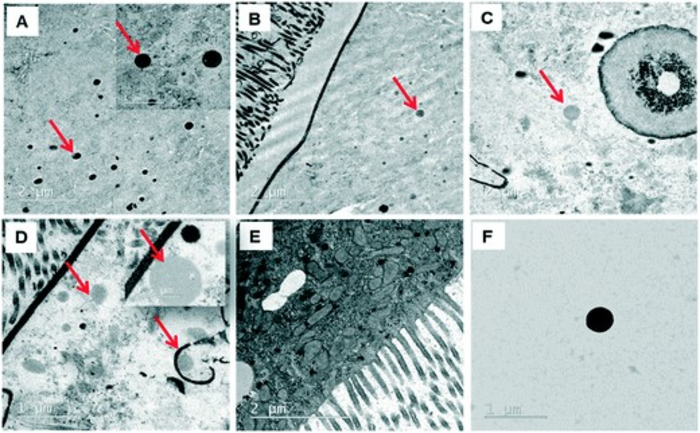
Researchers succeed in monitoring the “journey” of microplastics through the intestine of a living organism
A UAB research team has managed to track the behaviour of microplastics during their “journey” through the intestinal tract of a living organism and illustrate what happens along the way.
URI launches ‘Plastics: Land to Sea’ web platform
A new University of Rhode Island web platform, “Plastics: Land to Sea,” has been launched as part of an ongoing collaborative initiative to provide the science community with a burgeoning array of data resources and tools designed to inform and support dialogue concerning research focused efforts to start addressing plastics pollution.
Maritime rope could be adding billions of microplastics to the ocean every year
The hauling of rope on maritime vessels could result in billions of microplastic fragments entering the ocean every year, according to new research.
Infants have more microplastics in their feces than adults, study finds
Researchers reporting in ACS’ Environmental Science & Technology Letters discovered that infants have higher amounts of one type of microplastic in their stool than adults. Health effects, if any, are uncertain.
Urbanization drives antibiotic resistance on microplastics in Chinese river
Researchers reporting in Environmental Science & Technology have analyzed antibiotic-resistance genes (ARGs) on five types of microplastics at different locations along the Beilun River in China, finding much higher abundances in urban than rural regions.
Microplastics affect global nutrient cycle and oxygen levels in the ocean
GEOMAR study points to possible major changes in the marine ecosystem
Microplastics and human health: FSU researchers find exposure to microplastics may alter cellular function
Pollution from miniscule pieces of plastic, or microplastics, have been a growing concern for scientists, public health advocates and environmentalists as these nondegradable items have increasingly made their way into waterways and even the air we breathe. Now, scientists are showing that they might be altering cellular function.
Microplastics in land, sea, air a sign of ‘legacy pollution’
Plastics cycle through the oceans and roadways and become plastic dust, which rides the jet stream across continents.
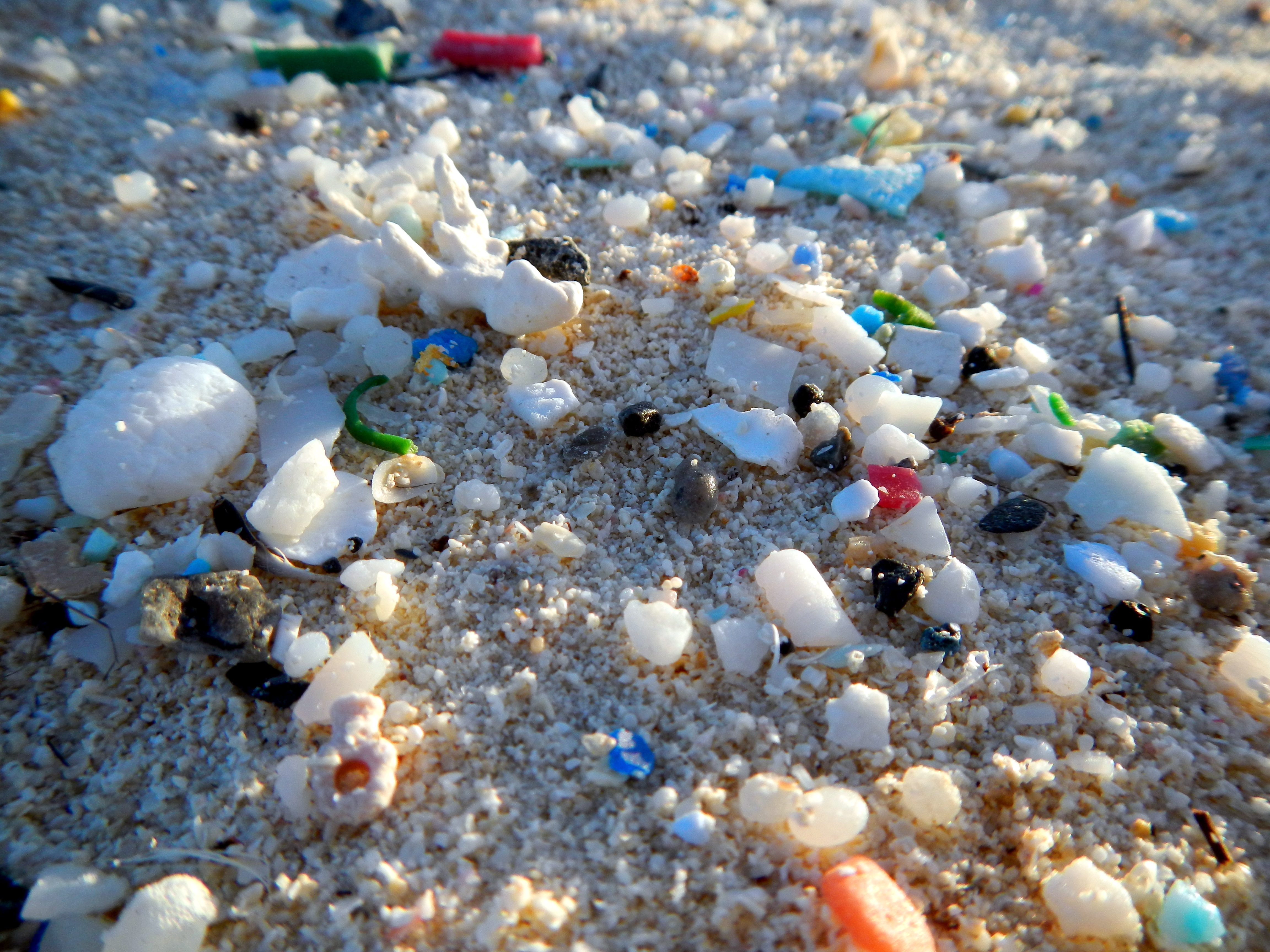
Microplastic Sizes in Hudson-Raritan Estuary and Coastal Ocean Revealed
Rutgers scientists for the first time have pinpointed the sizes of microplastics from a highly urbanized estuarine and coastal system with numerous sources of fresh water, including the Hudson River and Raritan River. Their study of tiny pieces of plastic in the Hudson-Raritan Estuary in New Jersey and New York indicates that stormwater could be an important source of the plastic pollution that plagues oceans, bays, rivers and other waters and threatens aquatic and other life.
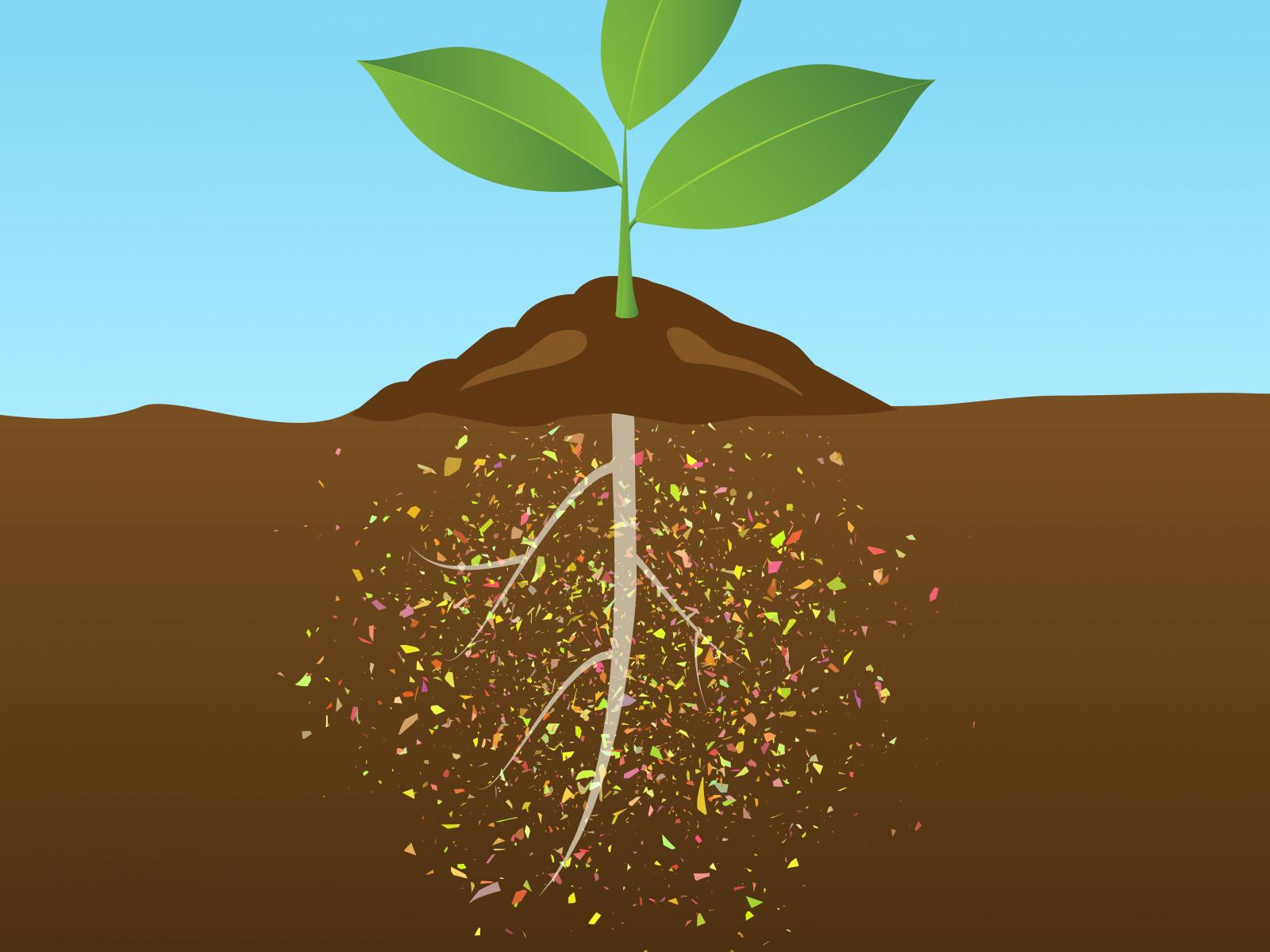
The Root of Microplastics in Plants
Micro- and nanoplastics were not absorbed by plant cells but did attach to the root cap. This could bode well for future cleanup of contaminated environments, but not well for root crops, like carrots.
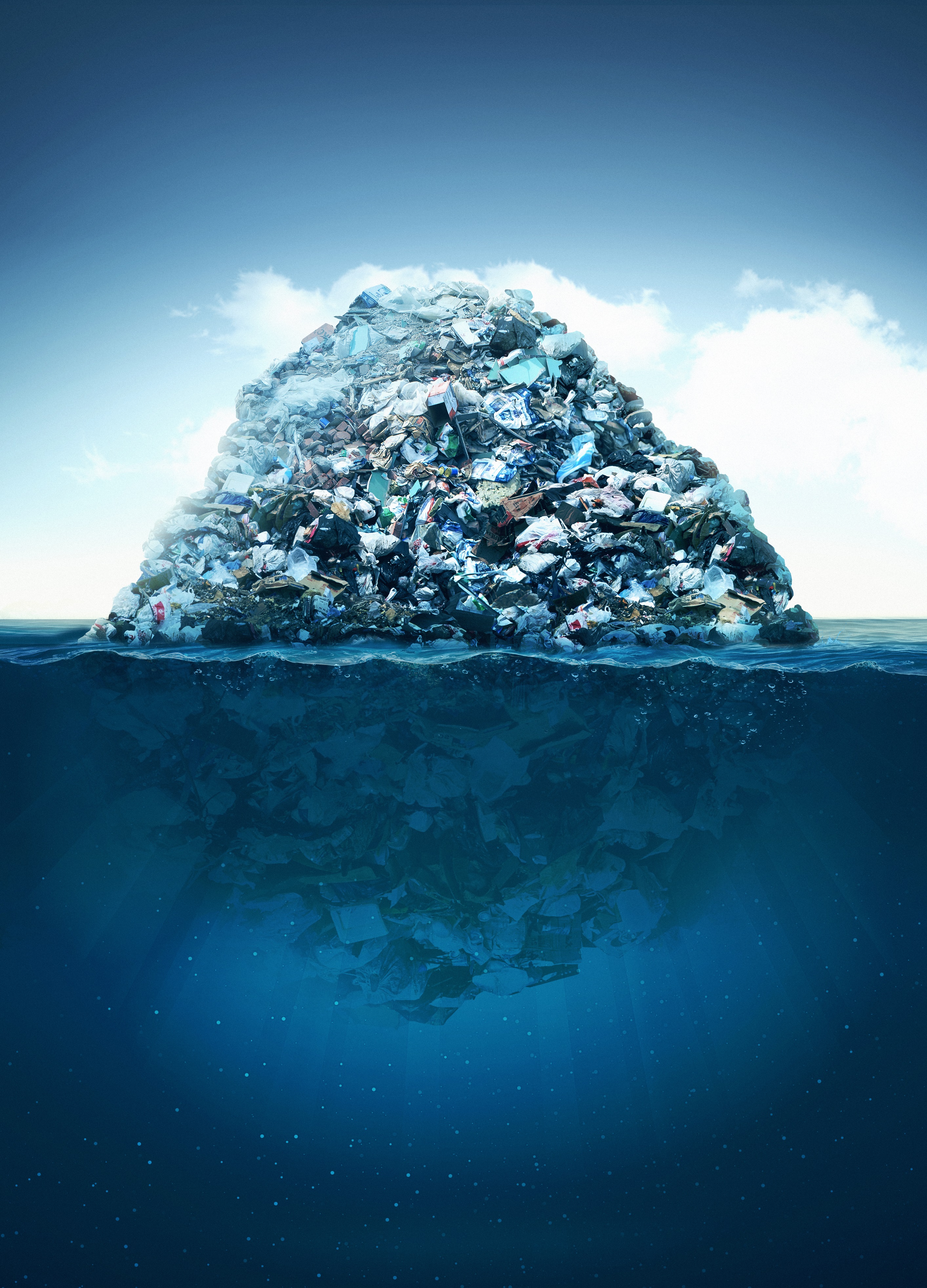
Study First to Tally Biomass from Oceanic Plastic Debris Using Visualization Method
Scientists examined cell abundances, size, cellular carbon mass, and how photosynthetic cells differ on polymeric and glass substrates over time, exploring nanoparticle generation from plastic like polystyrene and how this might disrupt microalgae. Conservative estimates suggest that about 1 percent of microbial cells in the ocean surface microlayer inhabit plastic debris globally. This mass of cells would not exist without plastic debris in the ocean, and thus, represents a disruption of the proportions of native flora in that habitat.
NSF grant to fund research into ‘microcleaners’ for waterways
Engineers from Cornell University and North Carolina State University have proposed a creative solution: an army of swimming, self-propelled biomaterials called ‘microcleaners’ that scavenge and capture plastics so they can be decomposed by computationally-engineered microorganisms.
Micro- and nanoplastics detectable in human tissues
When plastic breaks down, tiny fragments can get into the environment. Scientists now report that they are among the first to examine micro- and nanoplastics in human organs and tissues. They will present their results today at the American Chemical Society Fall 2020 Virtual Meeting & Expo.
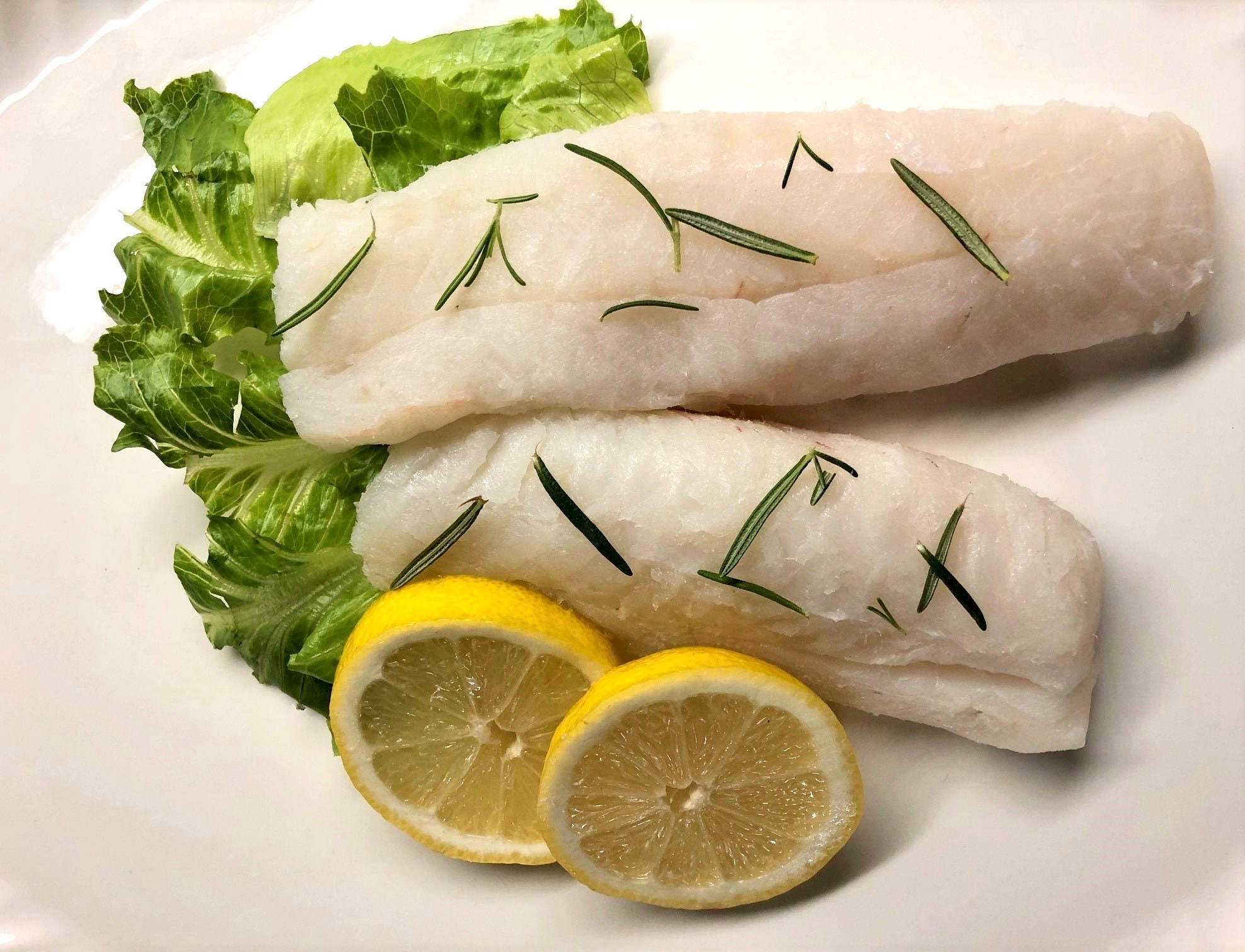
Seafood Products Made From Cells Should be Labeled Cell-Based
Companies seeking to commercialize seafood products made from the cells of fish or shellfish should use the term “cell-based” on product labels, according to a Rutgers study – the first of its kind – in the Journal of Food Science. Both the U.S. Food and Drug Administration and U.S. Department of Agriculture require food products to have a “common or usual name” on their labels so consumers can make informed choices about what they’re purchasing.

MICROPLASTIC HOTSPOTS
A new study from the University of Delaware found high concentrations of microplastics in so-called convergence zones, the areas where the fresher water from the Delaware River meets the saltier water of the Atlantic Ocean and the surface currents converge. They found the distribution of plastics also depends on the force of the winds.
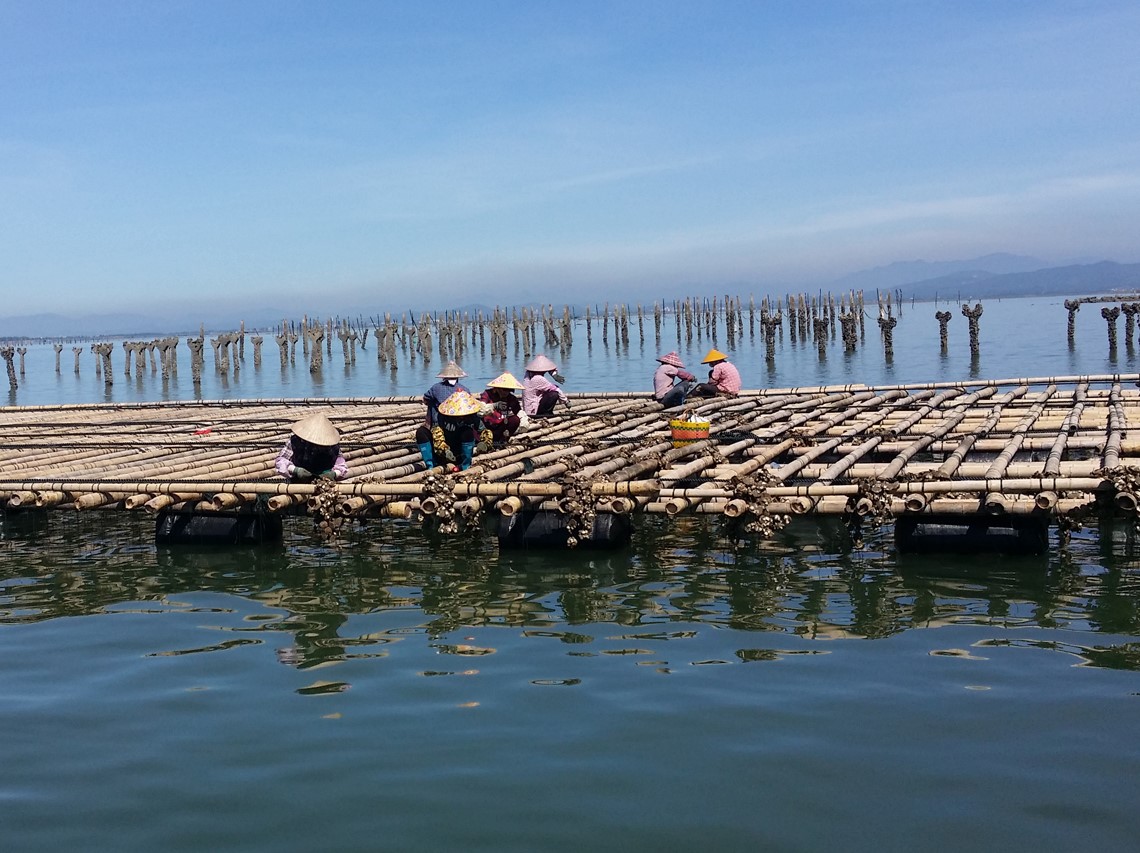
Microplastics from ocean fishing can ‘hide’ in deep sediments
Researchers reporting in ACS’ Environmental Science & Technology have linked microplastics in China’s Beibu Gulf with heavy fishing activities.